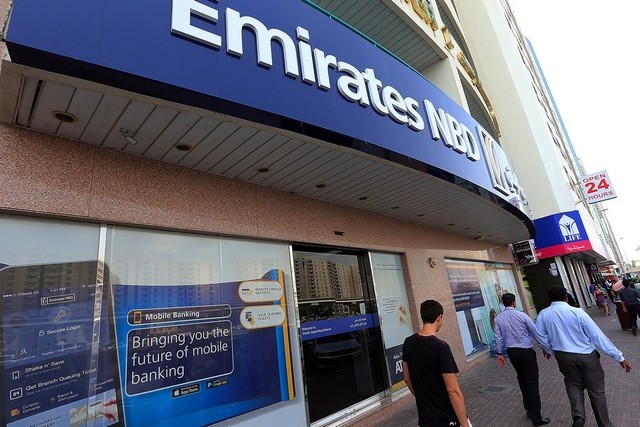The (Persian) Gulf Cooperation Council countries’ economies are at crossroads. The slump in oil prices since 2014 has affected the (P)GCC countries in many ways. Unlike previous episodes of price collapse, the latest one is marred with ambiguity about its recovery and the demand dynamics going forward.
The six Arab countries (Saudi Arabia, Kuwait, the United Arab Emirates, Qatar, Bahrain, and Oman) have been compelled to accelerate structural reforms to diversify their economies away from hydrocarbons, boost the role of the private sector, and create jobs for their rapidly growing labor forces, AFP reported.
This is a historic shift that ranks as the most significant economic story of 2016 for (P)GCC countries. It is a new reality that is imposing fiscal discipline on the region’s governments and consequently companies. If these changes are sustained, they will make regional economies stronger and more viable in the long run. But if implementation is poor, they will increase the chance of economic diminishment.
All countries in the region have embarked on significant deficit-reduction efforts–which began in 2015–and are bound to continue. Despite recent consolidation measures, including reforms to domestic energy prices, deficits are projected to remain large–all countries are anticipated to record fiscal deficits in 2017, as they have over the last two years.
Only Kuwait, and the UAE are set to post surpluses by 2021. Substantial budgetary cuts will have to be made in order to maintain balanced budgets for all countries upwards of 30%.
Some countries have also started–or are planning–to take measures to rein in the public sector wage bill, including through hiring freezes (Oman) and streamlining benefits (Oman and Saudi Arabia).
It’s expected that value added taxes will be introduced in 2018 throughout the (P)GCC Arab countries. More specifically, in October, Saudi Arabia suspended bonuses and trimmed allowances for its employees, including a 20% cut to ministers’ salaries and a 15% cut in Shura Council salaries.
Fiscal Adjustment
Oil prices will help determine if Saudi Arabia will be able to sustain a balanced budget by 2020.
Further fiscal adjustment is needed, which will require difficult policy choices and the adoption of well-devised measures to protect the vulnerable. To address large budget deficits, (P)GCC economies have adopted a mix of spending cuts and revenue-raising measures.
In particular, they have demonstrated determination in addressing the politically difficult issue of low domestic fuel prices–all (P)GCC countries, for example, have hiked energy prices over the past couple of years.
Authorities in Saudi Arabia started raising the price of fuel at the end of last year, including an increase in the price of gasoline by a minimum of 50%.
The 2016 January-July average prices for diesel in the UAE and Oman, and for natural gas in Bahrain and Oman, are very close to or above US price levels. Higher energy prices will help slow the region’s rapid growth in energy consumption and support fiscal adjustment. Energy consumption per capita in the (P)GCC is not only high, but is also rising rapidly (in Qatar, Saudi Arabia, and the UAE, in particular).
According to the International Monetary Fund, the average estimated implicit cost of low energy prices for the six (P)GCC countries based on 2016 prices ranges from 0.8% of GDP for the UAE to over 7% of GDP for Kuwait.
The explicit cost of energy subsidies in the budget for the (P)GCC varies considerably across countries, but averages about 1% of the region’s GDP. Government financial assets over the past two years have been drawn down as part of the deficit financing program. After a significant withdrawal of financial assets in 2015, a larger portion of the 2016 fiscal deficits (which amount to about $193 billion) was covered by issuing debt.
Bahrain, Oman, Qatar, Saudi Arabia, and the UAE have issued bonds and obtained syndicated loans in international markets this year.
Such diversification is necessary as it will help divert pressure from domestic banks to finance deficits and will help increase liquidity and bring down borrowing costs.


